The world of animal breeding has always been a fascinating intersection of science, art, and ethics. For centuries, humans have selectively bred animals for specific traits—from working abilities in dogs to milk production in cattle. However, in recent decades, there has been a significant shift toward breeding for aesthetic qualities, particularly distinctive colors and patterns known as “morphs.” This trend raises profound questions about our responsibilities toward the animals in our care. Are we prioritizing beauty over well-being? Does our desire for unique pets justify the health complications that often accompany extreme morphological traits? This article explores the complex ethical landscape of breeding for morphs versus breeding for health, examining various perspectives from breeders, veterinarians, animal welfare advocates, and pet owners themselves.
The Rise of Morph Breeding
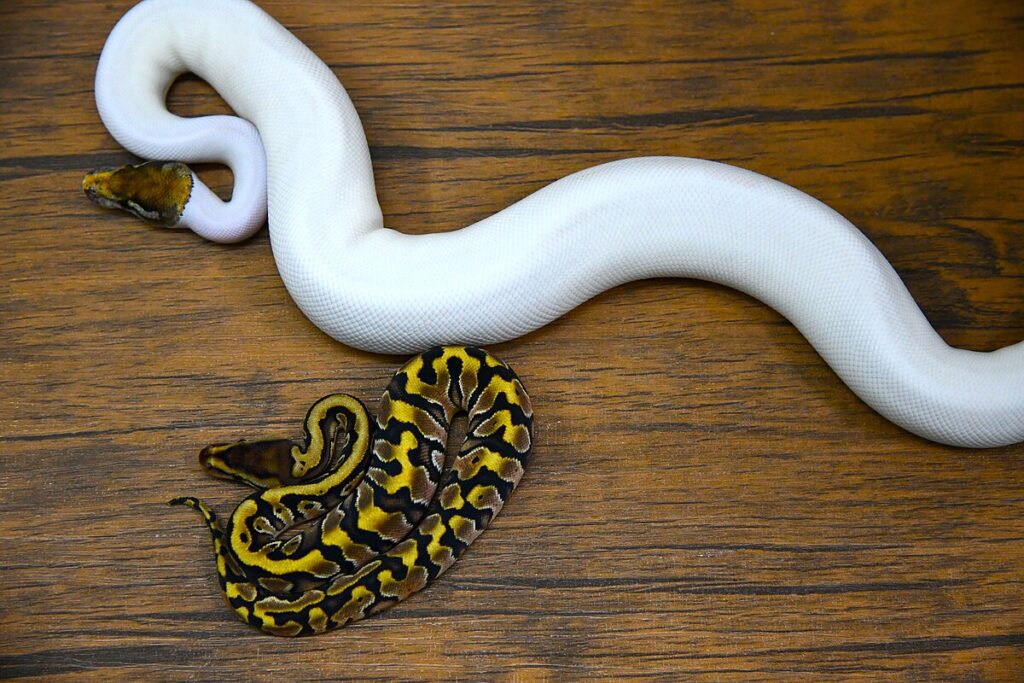
Morph breeding has experienced explosive growth across numerous pet species, from reptiles and amphibians to mammals and fish. The ball python industry exemplifies this trend, with single specimens of rare morphs commanding prices upward of $50,000. What began as selective breeding for naturally occurring color variations has evolved into a sophisticated industry that produces combinations previously unseen in nature. The appeal is undeniable—these animals offer unique aesthetics that stand out from their wild-type counterparts, creating exclusive pets for enthusiasts. This popularity has transformed breeding practices, with many breeders focusing almost exclusively on developing new color combinations and patterns rather than selecting for hardiness, temperament, or longevity. The economic incentives are significant, as rare morphs can sell for many times the price of their standard counterparts, creating a powerful market force that continues to drive the industry forward.
The Science Behind Morphs
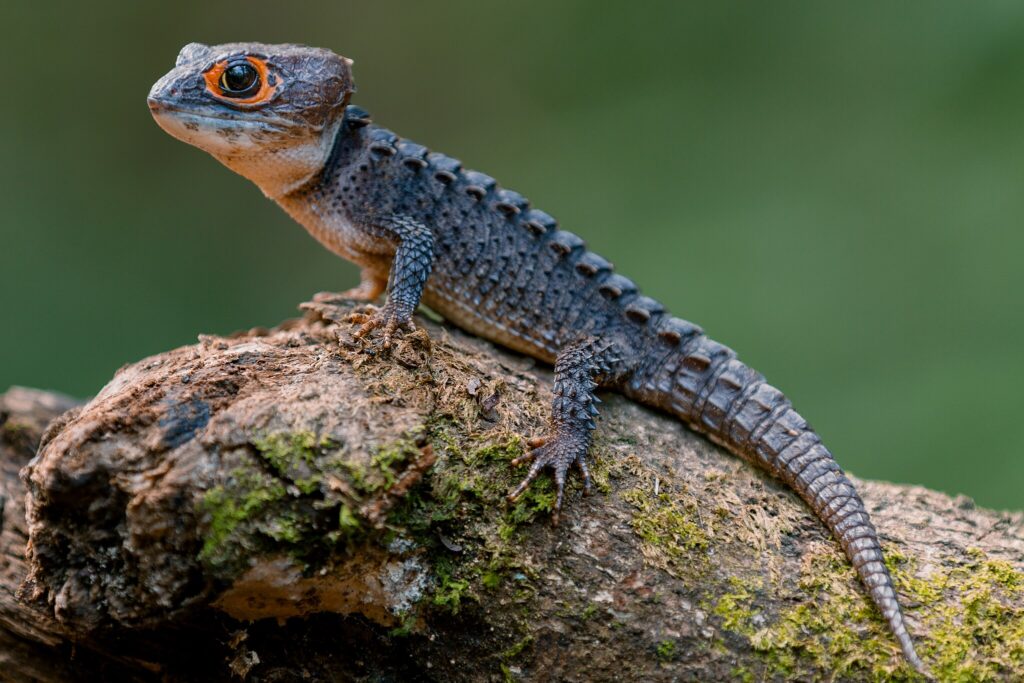
Morphs result from genetic mutations that affect the expression of pigments and patterns in an animal’s appearance. These mutations can be dominant, recessive, co-dominant, or polygenic, each following specific inheritance patterns that breeders leverage to create predictable outcomes. Many popular morphs involve mutations in genes related to melanin production, such as those seen in albino, leucistic (reduced pigmentation), and melanistic (increased black pigmentation) varieties. The scientific understanding of these genetic mechanisms has advanced significantly in recent decades, allowing breeders to work with greater precision. DNA testing now enables the identification of carriers for recessive traits, facilitating more targeted breeding programs. While this knowledge has clinical applications in understanding genetic diseases, it has primarily been applied in the pet industry to produce animals with visually striking appearances rather than improved health outcomes.
Health Complications in Morphed Animals

Many popular morphs come with serious health concerns that affect the animals’ quality of life. In reptiles, the spider morph in ball pythons is associated with neurological issues including head wobbling, disorientation, and difficulty feeding. Similarly, jaguar morphs in carpet pythons and enigma morphs in leopard geckos frequently exhibit neurological symptoms. In the mammal world, merle coats in dogs, when bred together (double merle), often result in puppies with vision and hearing impairments. White tigers, long celebrated for their striking appearance, frequently suffer from cross-eyes, cleft palates, and immune deficiencies due to inbreeding. These health issues are not coincidental but directly linked to the genetic mutations that produce the desired aesthetic traits. The more extreme or unusual the appearance, the more likely it is that the animal will experience corresponding health challenges throughout its life.
The Ethical Dilemma of Designer Pets
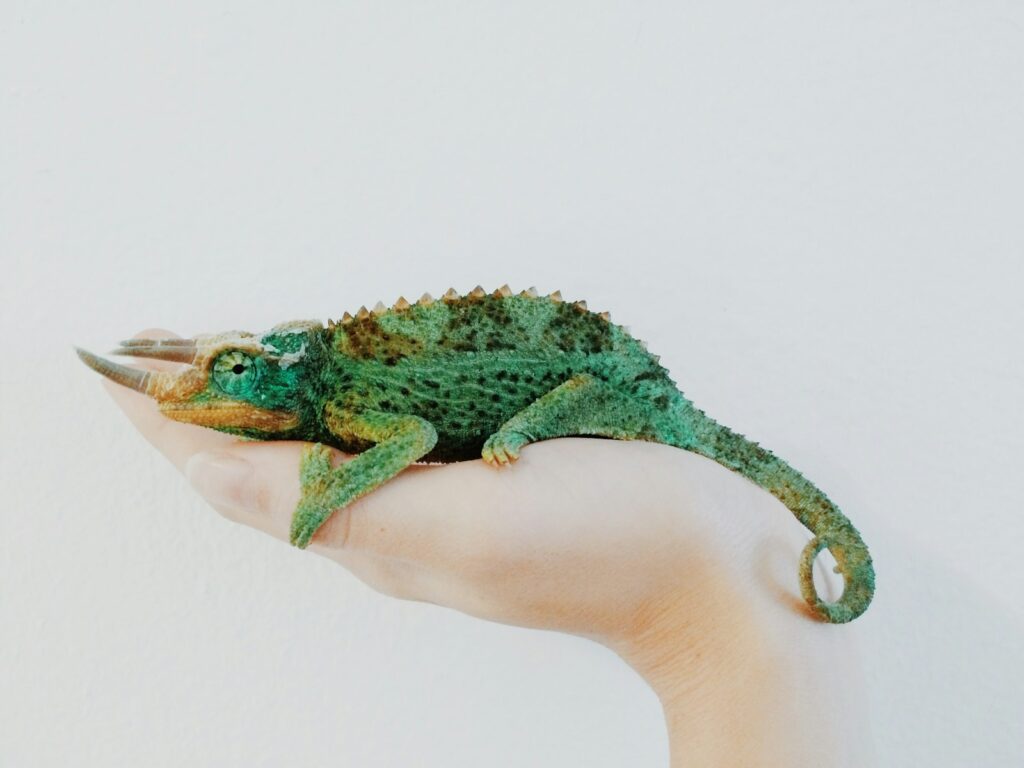
The creation of “designer pets” presents a profound ethical conflict between human desires and animal welfare. Breeders and owners who prioritize novel appearances must grapple with the question of whether aesthetic preferences justify bringing animals into the world that may suffer from preventable health conditions. This dilemma extends beyond individual choices to the broader responsibilities we have as stewards of domesticated species. Some argue that breeding animals with known health issues constitutes a form of animal cruelty, regardless of how beautiful the resulting animals may be. Others contend that responsible breeding practices can minimize health risks while still pursuing unique appearances. The question becomes particularly complex when considering that many morphs would not survive in the wild due to their compromised camouflage or health limitations, making them entirely dependent on human care throughout their lives.
Responsible Breeding Practices

Ethical breeders are increasingly embracing practices that prioritize health alongside appearance. This approach includes extensive genetic testing to identify potential carriers of deleterious genes and avoid pairings that could produce offspring with severe health problems. Maintaining detailed records of lineage helps prevent inbreeding depression, which can exacerbate health issues. Some responsible breeders also practice outcrossing—introducing unrelated bloodlines to increase genetic diversity and vigor. Health-focused breeding programs emphasize selecting for longevity, disease resistance, and proper physiological function rather than solely for appearance. These breeders often work closely with veterinarians and participate in research studies to better understand the long-term implications of their breeding programs. While these practices typically result in higher costs and potentially less visually dramatic specimens, they reflect a commitment to the overall welfare of the animals and the sustainability of the breeding program.
Financial Incentives and Market Forces
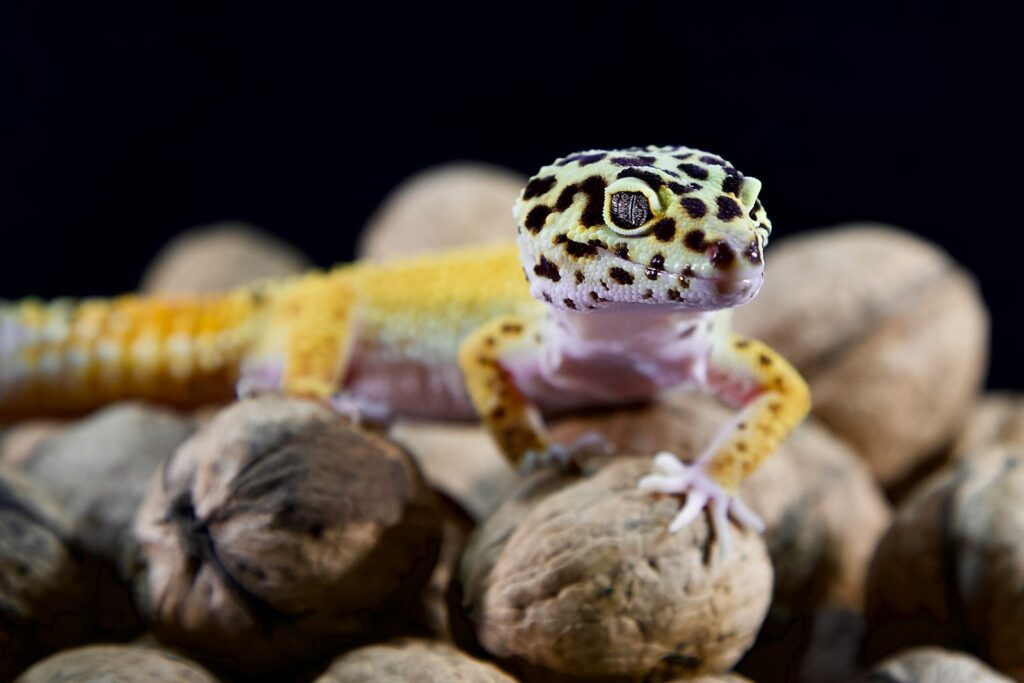
The economics of morph breeding creates powerful incentives that can overshadow welfare concerns. Rare morphs can sell for extraordinary sums, particularly when they represent new variations not previously available in the market. This financial reality encourages some breeders to prioritize novelty and rarity over health and temperament, as the economic returns can be substantially higher. The market structure rewards innovation in appearance rather than improvements in health or longevity, creating a fundamental misalignment between economic interests and animal welfare. Consumer demand drives this cycle, with many buyers willing to pay premium prices for unusual appearances without fully understanding the potential health implications. The high-value specimens are often showcased prominently at expos and in online marketplaces, normalizing extreme traits that may compromise quality of life. Breaking this cycle requires consumers who are educated about the welfare implications of their purchases and willing to prioritize health over novelty.
The Role of Regulation
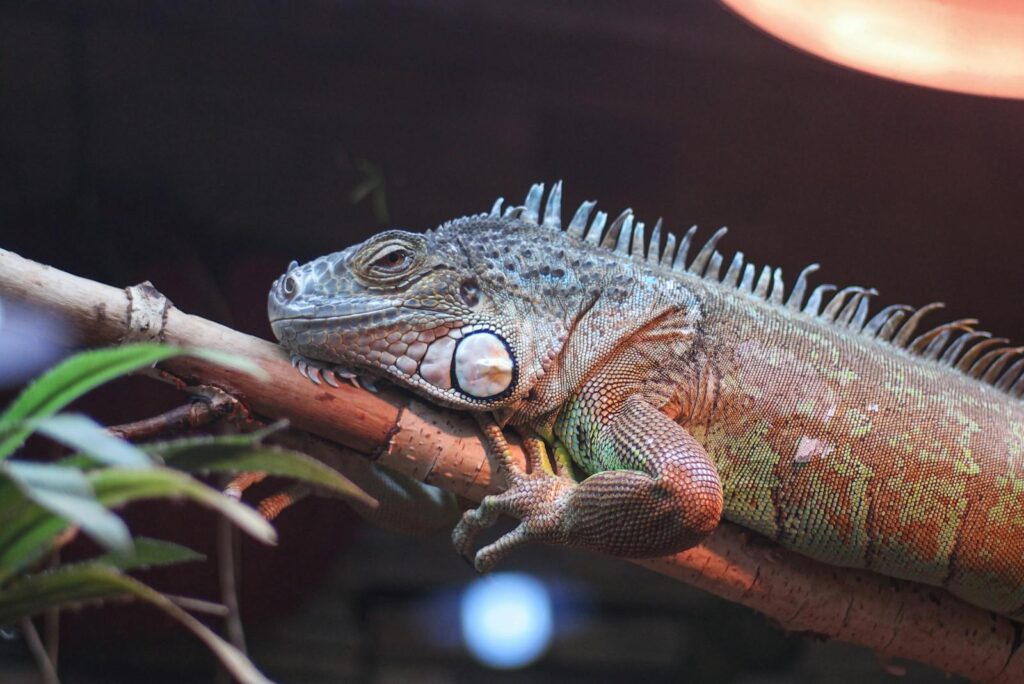
Government oversight of breeding practices varies dramatically between countries and even between states or provinces within the same nation. Some regions have enacted strict regulations against breeding animals with known welfare-compromising traits, while others have minimal oversight. The United Kingdom, for example, has introduced legislation addressing extreme conformations in dogs that cause breathing difficulties, such as in bulldogs and pugs. In contrast, many areas have no specific regulations addressing morphological breeding beyond general animal welfare provisions. Enforcement remains a significant challenge even where regulations exist, as breeding operations are often private and difficult to monitor. Industry self-regulation through breed clubs and associations represents another approach, though these organizations sometimes face conflicts between preserving traditional breed standards and addressing emerging health concerns. Some advocates call for more comprehensive regulation requiring health testing and prohibiting the breeding of animals with severe health-compromising traits regardless of their market value.
Education and Consumer Responsibility
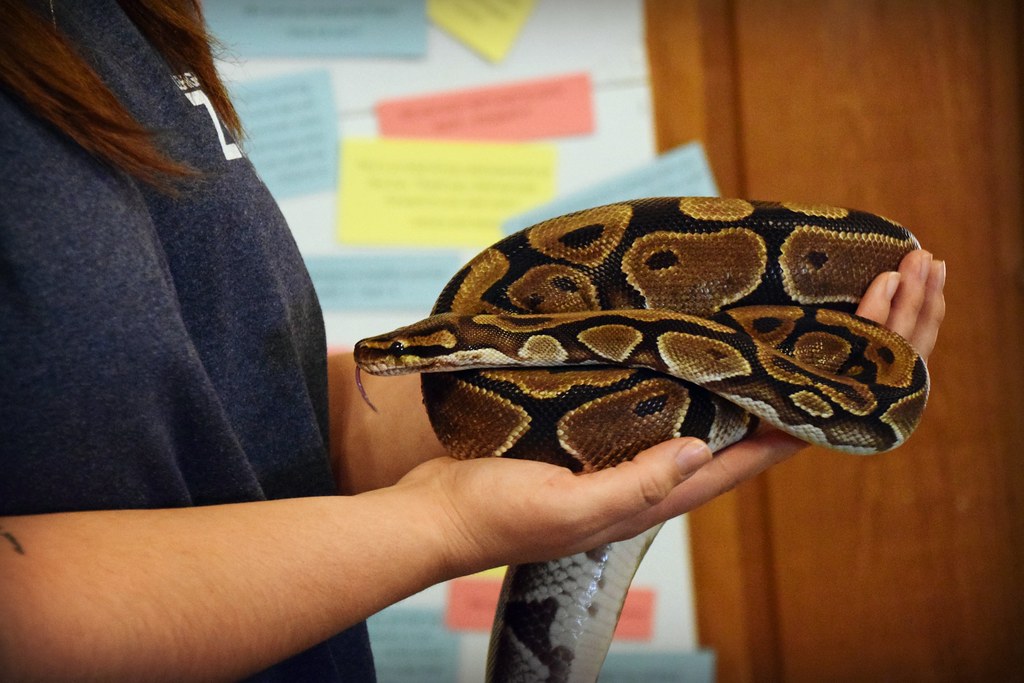
Informed consumers represent one of the most powerful forces for change in breeding practices. When buyers understand the health implications of morphological traits and demand healthier animals, they create market incentives that can shift breeding priorities. Educational initiatives by veterinarians, animal welfare organizations, and responsible breeders play a crucial role in raising awareness about the potential health issues associated with certain morphs. Social media platforms have become important channels for sharing both the appeal of exotic pets and information about welfare concerns, though misinformation remains prevalent. Prospective pet owners who prioritize research before purchase can help create a market that values health over novelty. This might include seeking animals from breeders who provide health guarantees, maintain transparent health testing practices, and are willing to discuss both the positive and potentially negative aspects of their breeding programs.
The Veterinary Perspective
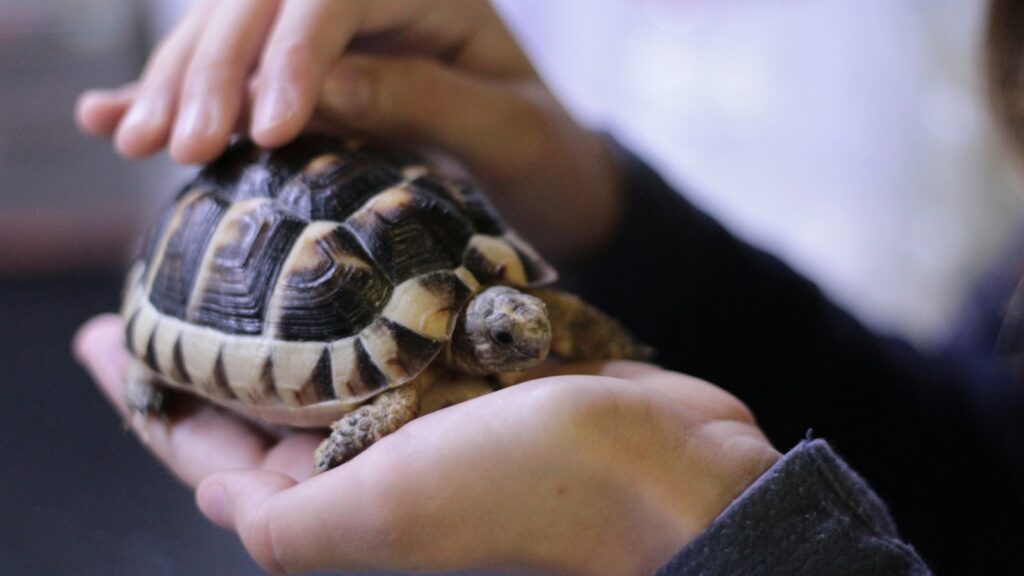
Veterinarians often find themselves on the front lines of addressing health problems resulting from aesthetic breeding practices. Many veterinary professionals report frustration at treating preventable conditions that result directly from selective breeding for extreme traits. Organizations like the American Veterinary Medical Association have issued position statements emphasizing that breeding practices should prioritize physical and behavioral wellness over physical appearance. Veterinary research increasingly documents the clinical implications of popular morphs, providing scientific evidence of welfare concerns that might otherwise be dismissed as anecdotal. Some veterinarians refuse to perform certain procedures that enable the breeding of animals with known health defects, taking an ethical stand against practices they consider harmful. The veterinary community generally advocates for breeding approaches that emphasize function over form, arguing that animals should be able to perform species-appropriate behaviors without impediment from their conformation or genetic makeup.
Conservation Implications
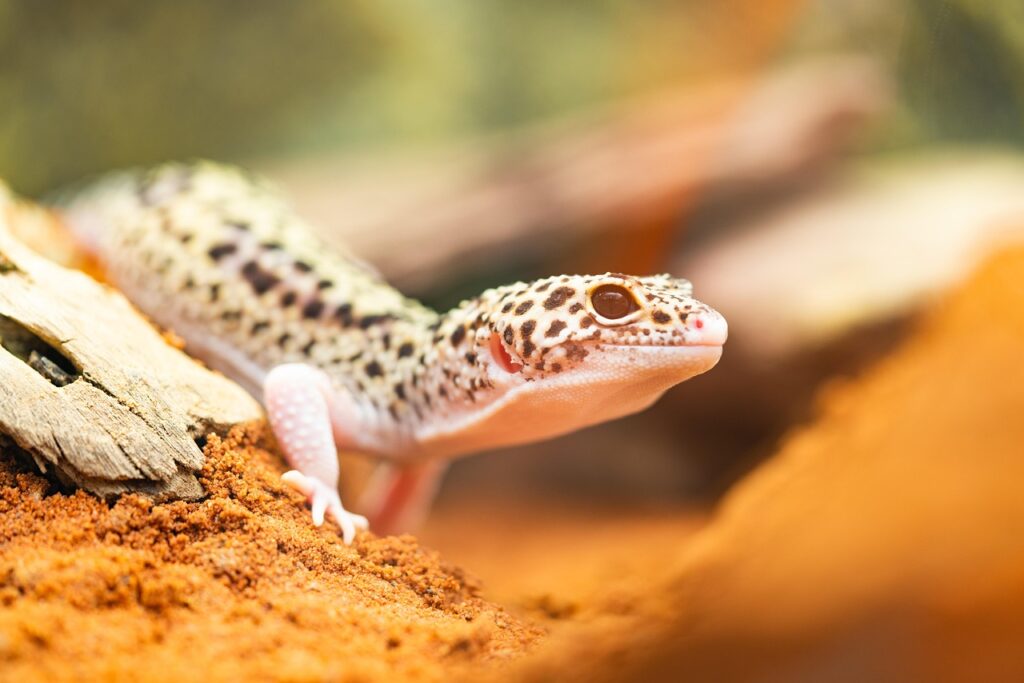
The popularity of exotic morphs raises complex questions about their relationship to wildlife conservation. Some argue that captive breeding of unusual variants creates no direct conservation benefit since these animals cannot be reintroduced to wild populations. In fact, the resources directed toward developing novel pet morphs might be diverted from genuine conservation efforts focused on preserving wild populations and habitats. However, others contend that the popularity of exotic pets can foster interest in their wild counterparts and their ecosystems, potentially generating support for conservation initiatives. The legal trade in captive-bred animals may also reduce pressure on wild populations from illegal collection, though this benefit applies primarily to standard varieties rather than morphs. Conservation organizations generally emphasize the importance of maintaining genetically diverse populations with natural adaptations intact rather than selecting for traits that would be disadvantageous in the wild.
Philosophical and Ethical Frameworks
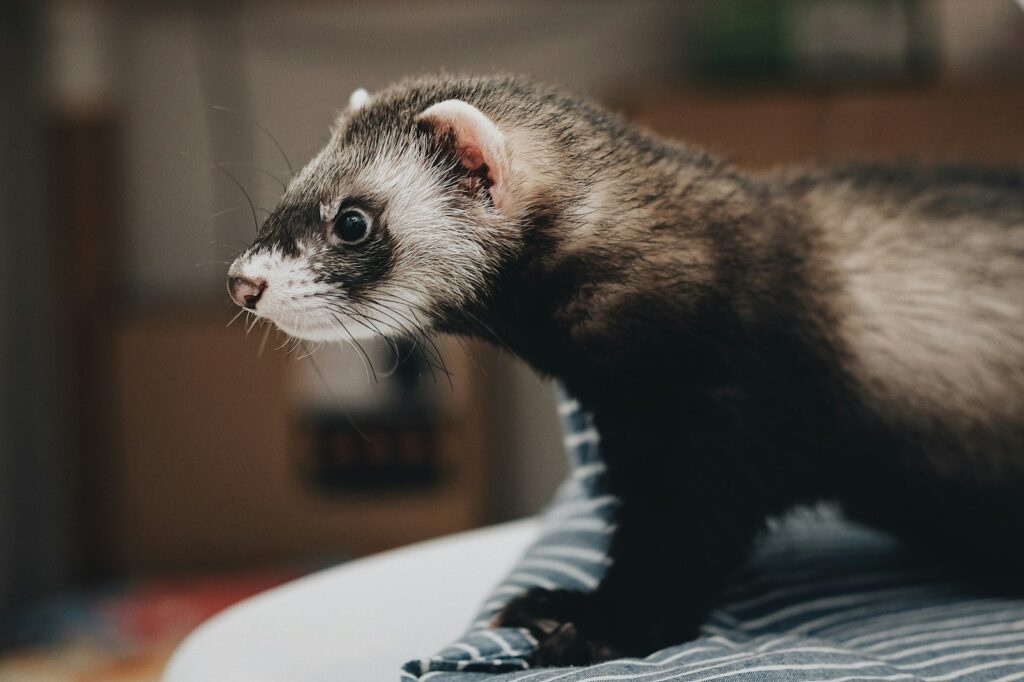
Various ethical frameworks offer different perspectives on the morality of breeding for appearance versus health. A utilitarian approach would consider the total welfare impact on all animals affected, suggesting that breeding practices causing suffering cannot be justified merely by human aesthetic preferences. Deontological ethics might examine whether we have a duty not to create animals with foreseeable health problems, regardless of other benefits. Rights-based approaches could argue that animals have an inherent right to physiological normalcy and freedom from unnecessary suffering caused by human selection. Religious and cultural traditions often emphasize human stewardship over animals, which could be interpreted as requiring responsible care that prioritizes welfare. These philosophical considerations extend beyond individual breeding decisions to our broader relationship with domesticated animals and the extent to which we may ethically modify them to suit human preferences. The diverse perspectives on this issue reflect fundamental differences in how we conceptualize our responsibilities toward other species.
Finding Middle Ground

Despite polarized positions in the debate, many stakeholders are working toward compromise approaches that balance aesthetic interests with welfare concerns. Some breeders focus on developing morphs that exhibit unique appearances without compromising health, carefully avoiding combinations known to cause problems. Breed-specific health schemes that track and publicly report the prevalence of genetic diseases create transparency that enables more informed choices. Collaborative research between breeders, veterinarians, and geneticists can identify the specific genetic mechanisms behind health issues, potentially allowing breeders to select against problematic genes while maintaining desired aesthetic traits. Consumer education initiatives that emphasize both the beauty and the health implications of various morphs allow for more informed decisions. These middle-ground approaches acknowledge the cultural and economic significance of distinctive animal varieties while recognizing the ethical imperative to minimize suffering.
The Future of Ethical Breeding
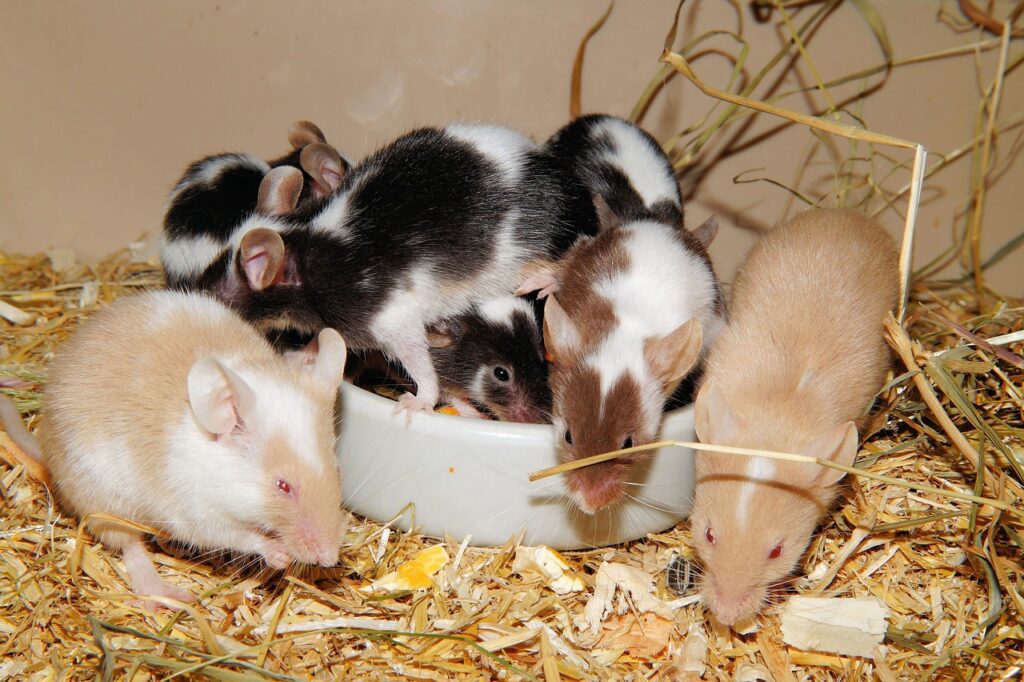
The future of animal breeding likely lies in finding a sustainable balance between aesthetic desires and welfare imperatives. Advances in genetic technology may eventually allow more precise modification that separates problematic health traits from desired appearance traits, though this raises its own ethical questions. Growing consumer awareness about welfare issues is gradually shifting market dynamics toward healthier breeding practices in many segments of the pet industry. Young breeders entering the field often bring a greater focus on welfare alongside aesthetic considerations, potentially changing industry norms over time. Interdisciplinary collaboration between animal scientists, ethicists, veterinarians, and breeders offers promising approaches to addressing complex breeding challenges. As our understanding of animal cognition and welfare continues to evolve, so too will our ethical frameworks for evaluating breeding practices. The most sustainable path forward will likely involve breeding programs that produce animals that are both beautiful and healthy, without sacrificing one quality for the other.
Conclusion

The ethics of breeding for morphs versus health represents a complex intersection of science, economics, and values. While distinctive appearances hold undeniable appeal, the growing evidence of health complications in many popular morphs raises serious welfare concerns that cannot be easily dismissed. Responsible breeding requires looking beyond immediate market demands to consider the lifelong welfare of the animals produced. As potential pet owners, our purchasing decisions have powerful ripple effects that can either reinforce problematic breeding practices or support more ethical approaches. The most promising path forward combines scientific advancements in understanding genetic health with a strong ethical commitment to animal welfare. By demanding animals that are bred primarily for health, temperament, and longevity—with appearance as a secondary consideration—consumers can help reshape breeding priorities. Ultimately, the most beautiful animals are those that can live full, healthy lives free from preventable suffering, regardless of their color or pattern.

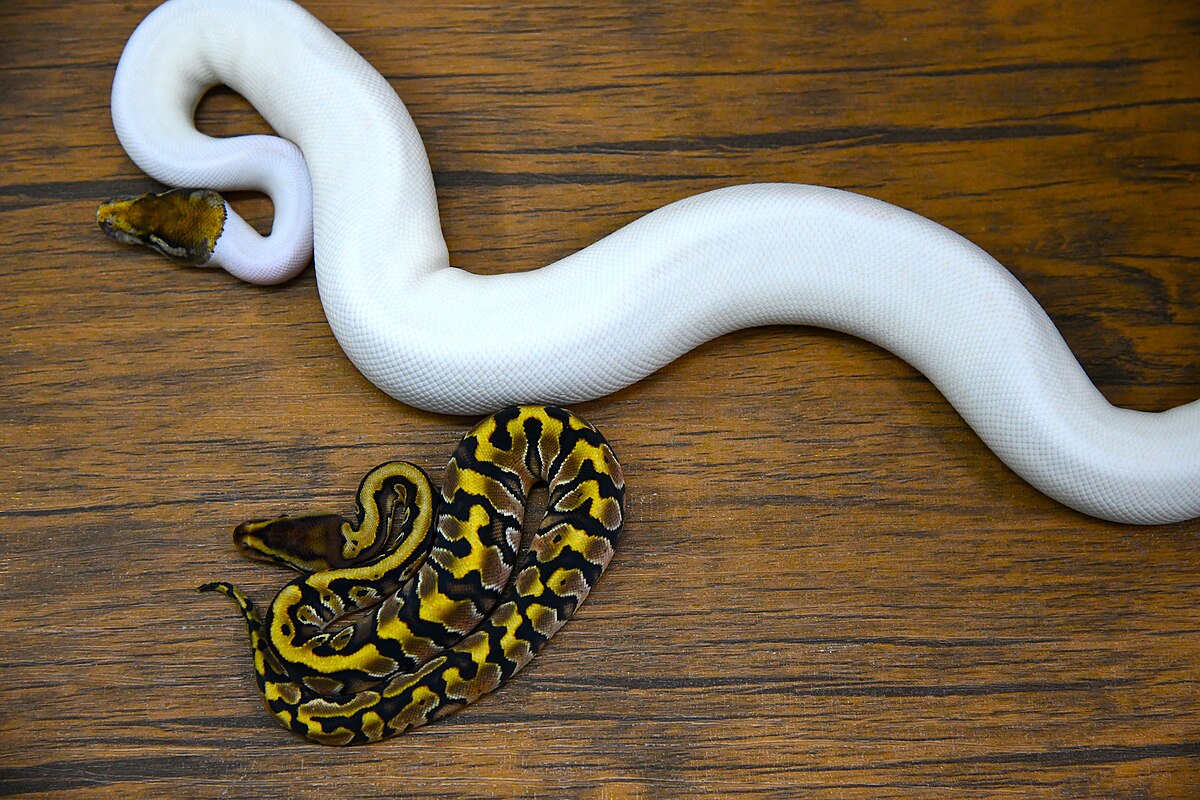

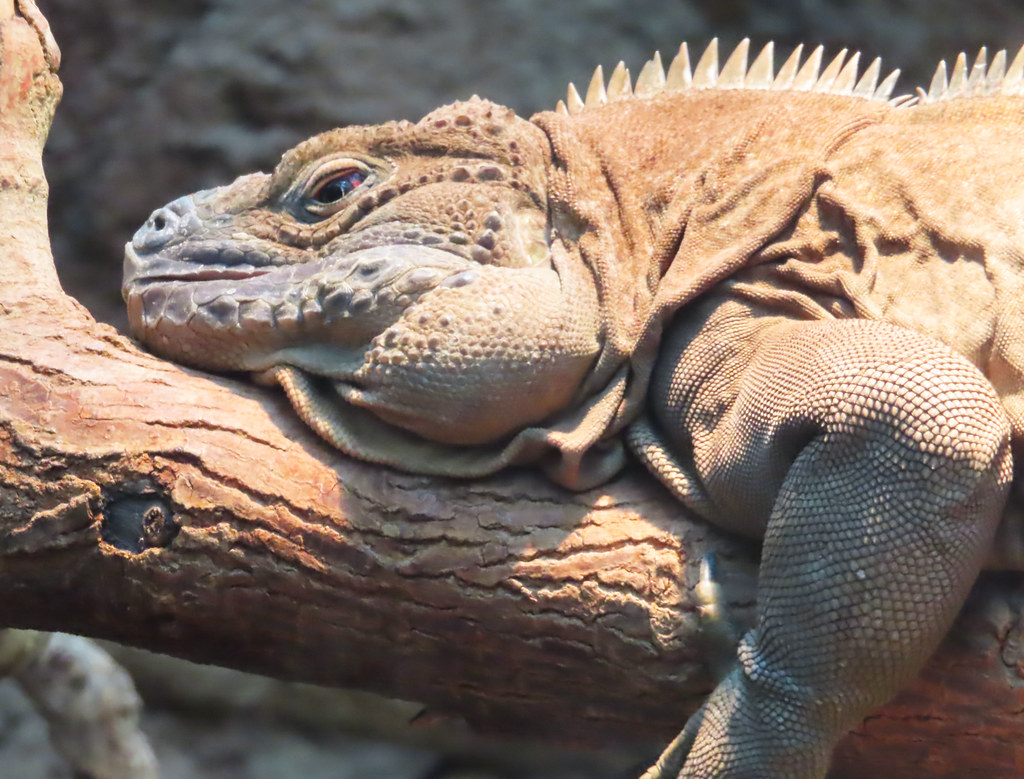


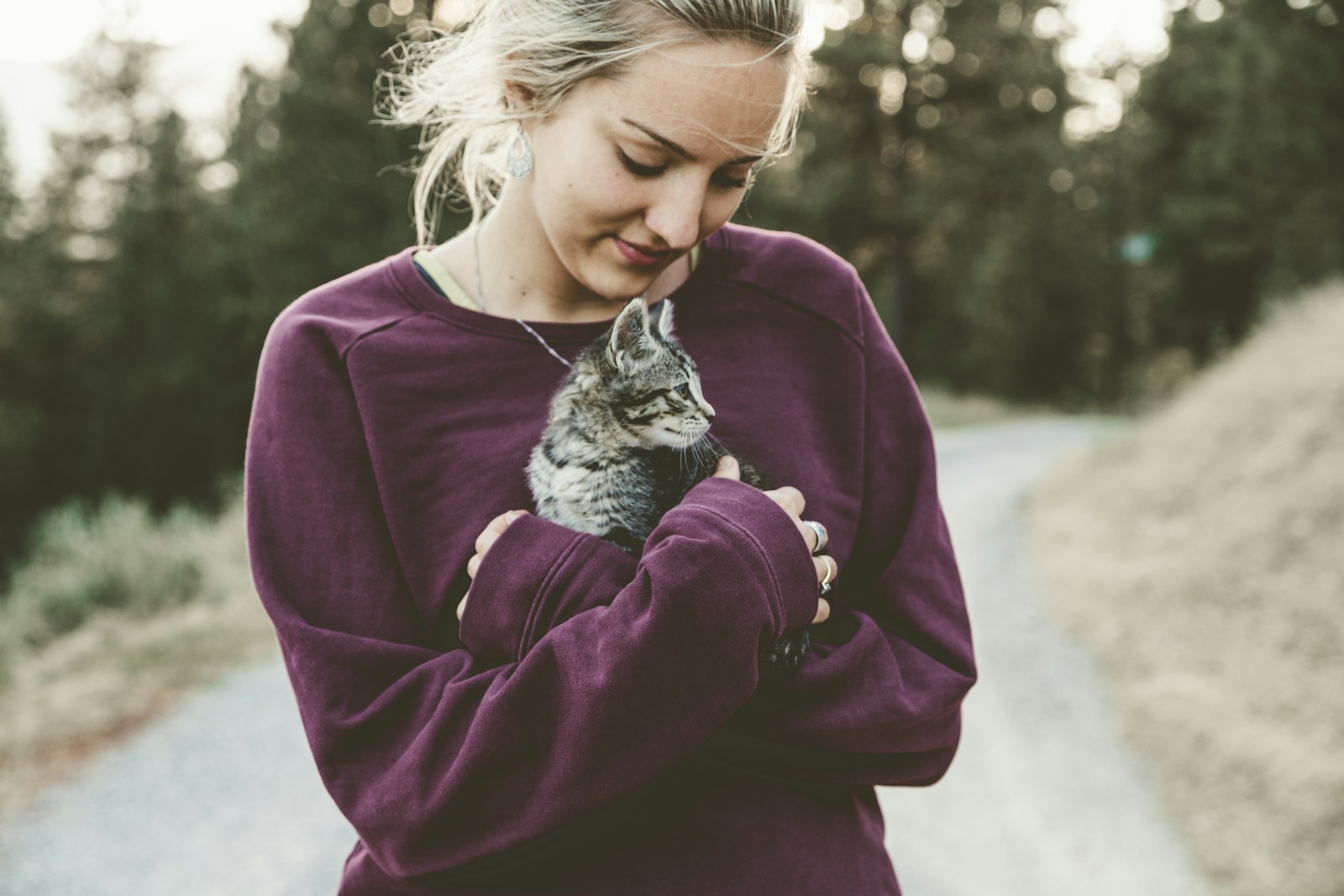

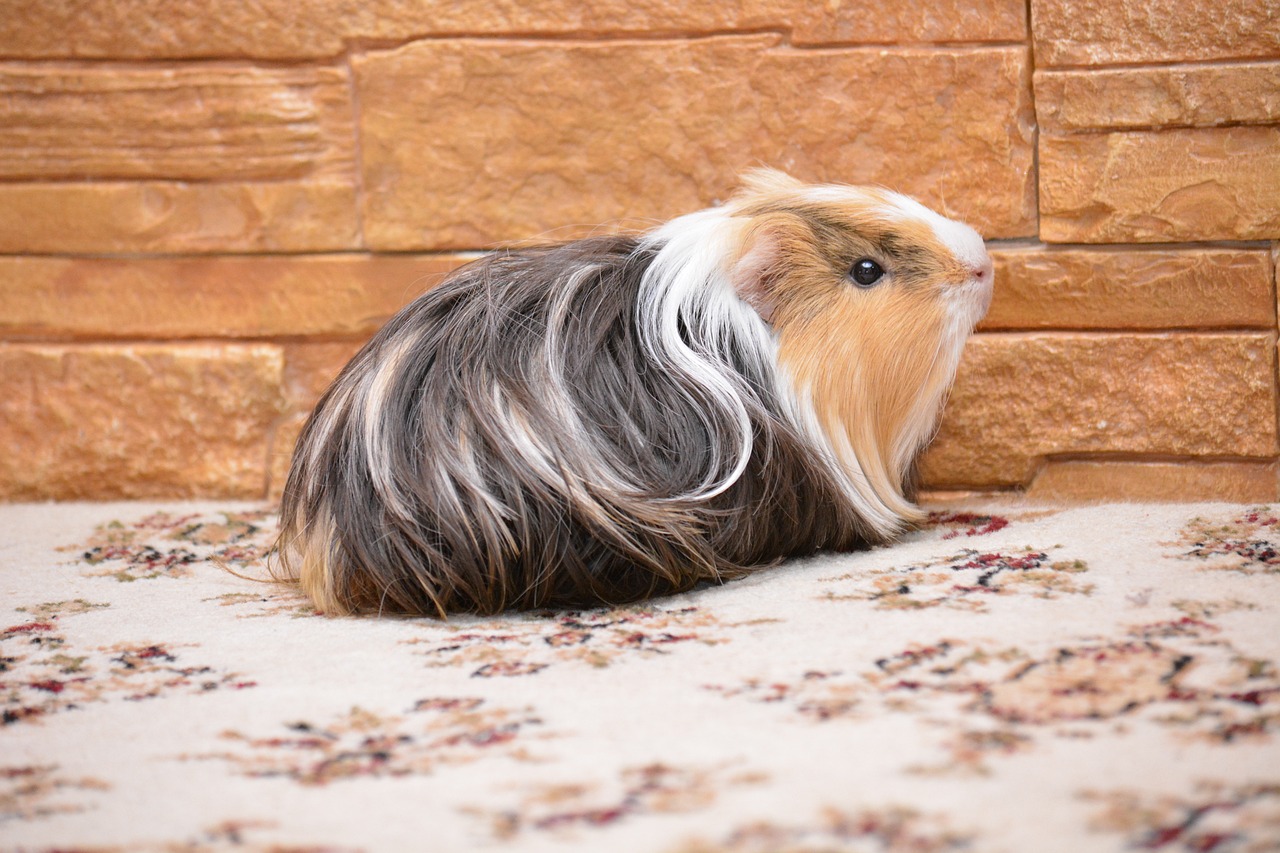
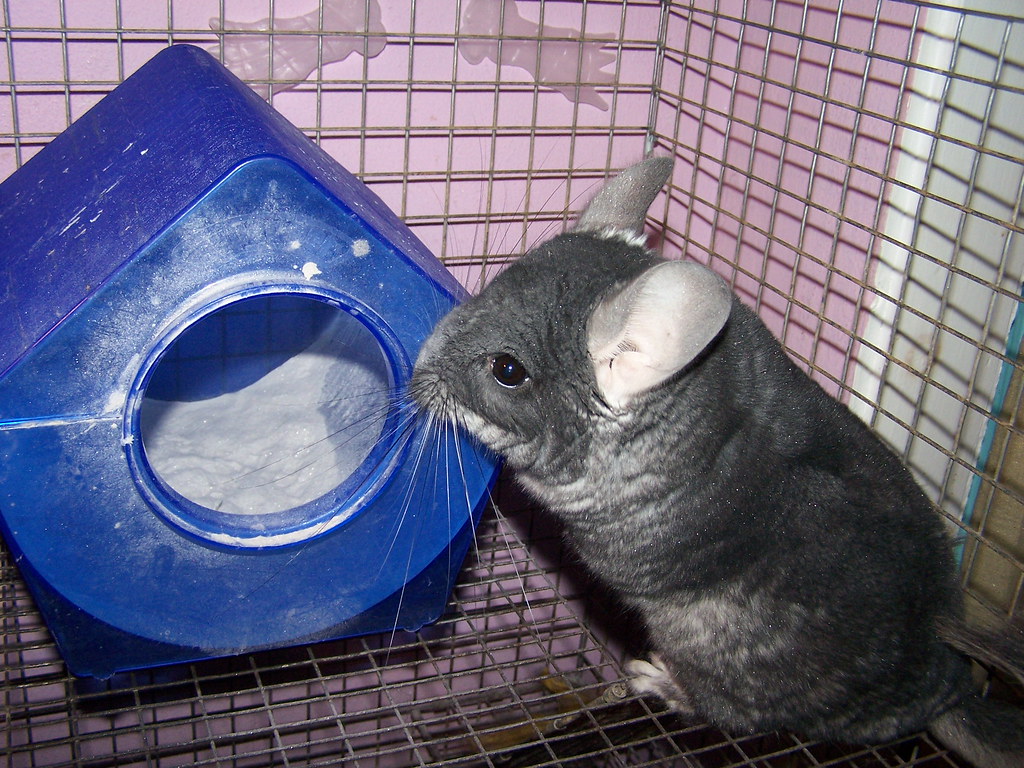






Leave a Reply